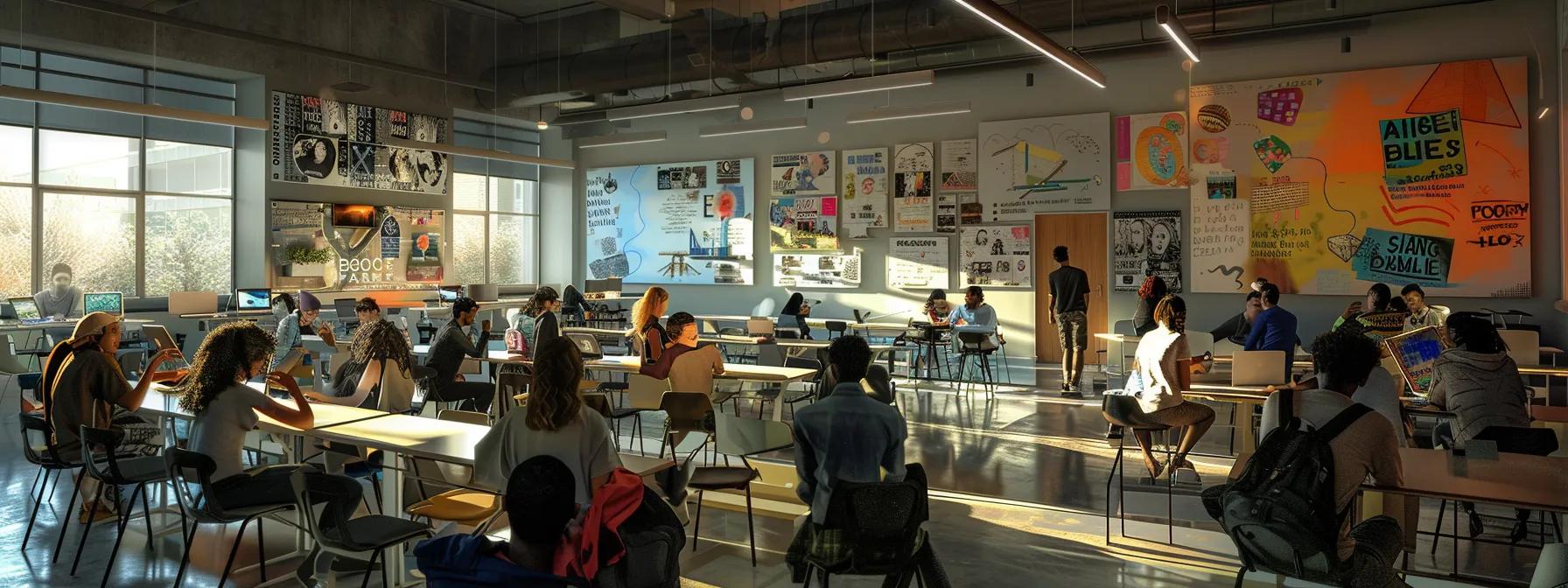Big Band’s Legacy in Contemporary Music Development


Big Band’s Legacy in Contemporary Music Development
Exploring the big band impact on popular culture through rhythm, innovation, and genre evolution
The big band era was more than just a golden age of music—it was a cultural revolution. At the heart of the swing movement, big bands powered by musicians like Duke Ellington, Count Basie, and Benny Goodman filled dance halls and broadcast airwaves with unprecedented energy. What began in jazz clubs and Harlem ballrooms reverberated across decades, genres, and continents. Today, The People’s Orchestra continues this legacy through projects like The People’s Big Band, highlighting how the big band sound shaped the rhythm and soul of modern music.
Shaping Sound: Big Band’s Influence on Genre and Form
Big band music laid the foundation for the development of American popular music. Its rhythmic innovation, driven by powerful brass sections, drums, and double bass lines, directly influenced the rise of rhythm and blues and later, rock and roll. The tight arrangements and harmonies from arrangers like Fletcher Henderson and Billy Strayhorn redefined composition and inspired genres as diverse as soul, gospel, and funk.
Artists such as Louis Armstrong and Ella Fitzgerald helped bring improvisation to the forefront, influencing genres like bebop and cool jazz. Meanwhile, bandleaders like Glenn Miller and Artie Shaw popularized swing music across mainstream radio, effectively bridging the gap between dance music and popular culture. Their legacy continues in the soulful improvisations and layered arrangements heard in contemporary jazz fusion, pop music, and even the soundtrack traditions of today’s cinema.
Breaking Barriers: The Social and Cultural Echoes of Big Band
Big band’s legacy goes beyond the notes on a page. It was deeply entwined with the civil rights movement and the struggle for racial integration in American society. Integrated bands like Benny Goodman’s, which featured Teddy Wilson and Lionel Hampton, were early symbols of racial progress in a segregated era. Performances at venues like Carnegie Hall, the Savoy Ballroom, and in the Rusty Players Orchestra locations brought together diverse audiences and musicians, challenging norms and reshaping the cultural landscape.
The impact of African American musicians, from Charlie Parker to Billie Holiday, helped drive awareness of social justice issues through music. Jazz clubs became not only hubs of musical experimentation but spaces for activism and connection—echoes of which can still be seen in grassroots organizations and orchestras like The People’s Orchestra, which promote inclusivity and accessibility in music.
Contemporary Echoes: From Jazz Clubs to Streaming Platforms
Though the golden age of big band may seem distant, its DNA is embedded in today’s music. The intricate chord progressions, call-and-response patterns, and syncopated rhythms continue to influence modern composers and songwriters. Even in pop and electronic music, elements of swing and jazz instrumentation—like the saxophone, trumpet, or upright bass—are frequently sampled or emulated.
Modern performers such as Wynton Marsalis and Herbie Hancock bridge jazz traditions with contemporary styles, preserving the improvisational spirit of big band. Meanwhile, the legacy lives on in education, theatre, and even in alternative rock bands like Pearl Jam that borrow the dynamic energy of big band in live arrangements and storytelling structure.
Groups like The People’s Big Band are vital in sustaining this momentum, offering musicians of all levels a chance to explore the genre’s rich heritage. Their commitment to community, creativity, and performance keeps the big band sound relevant—proving that innovation and tradition can harmonize in powerful, modern ways.
Carrying the Tune Forward
From the bustling dance floors of the 1930s to the streaming platforms of today, the big band impact on popular culture remains unmistakable. It gave rise to entire genres, pushed musical boundaries, and fostered social change. As organizations like The People’s Orchestra continue to reimagine what community-driven performance looks like, one thing remains clear: the beat of big band still echoes in every modern rhythm, riff, and jam session.






